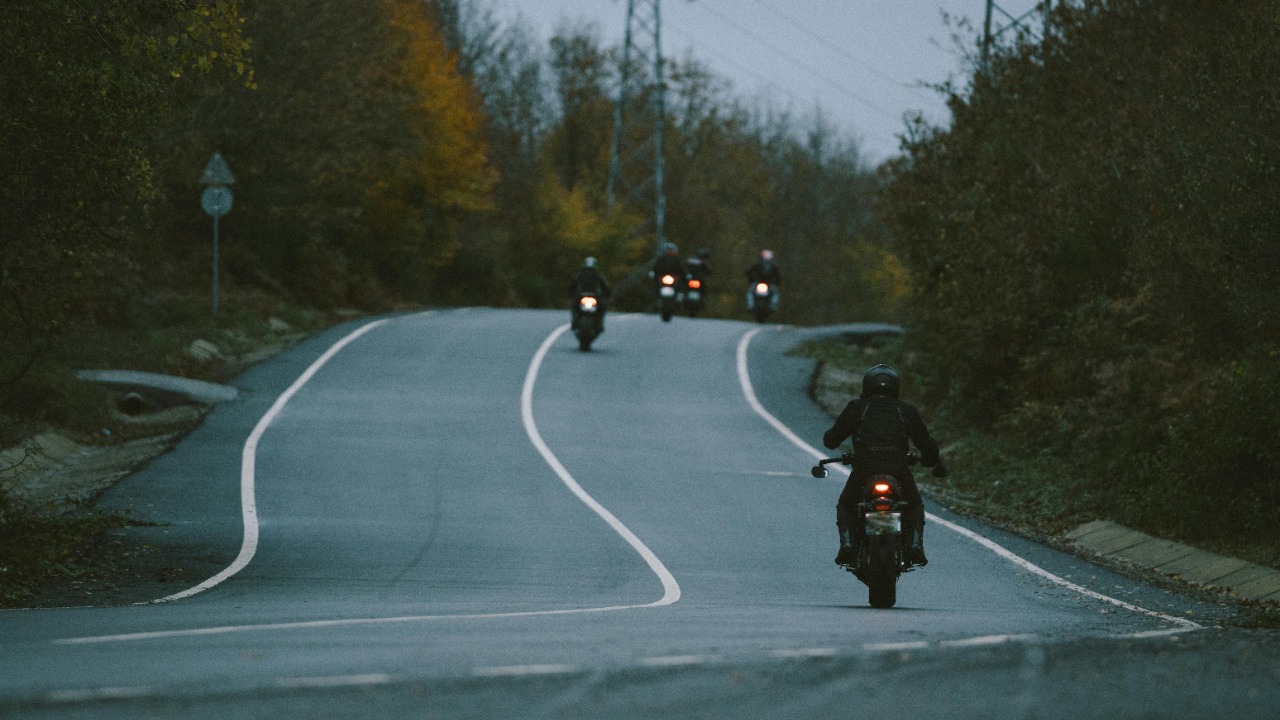
High-occupancy vehicle (HOV) lanes are designed to ease traffic congestion and promote carpooling, but can motorcycles legally use them? Understanding the rules and considerations for motorcyclists navigating HOV lanes in various regions is crucial for both safety and compliance.
Understanding HOV Lane Regulations
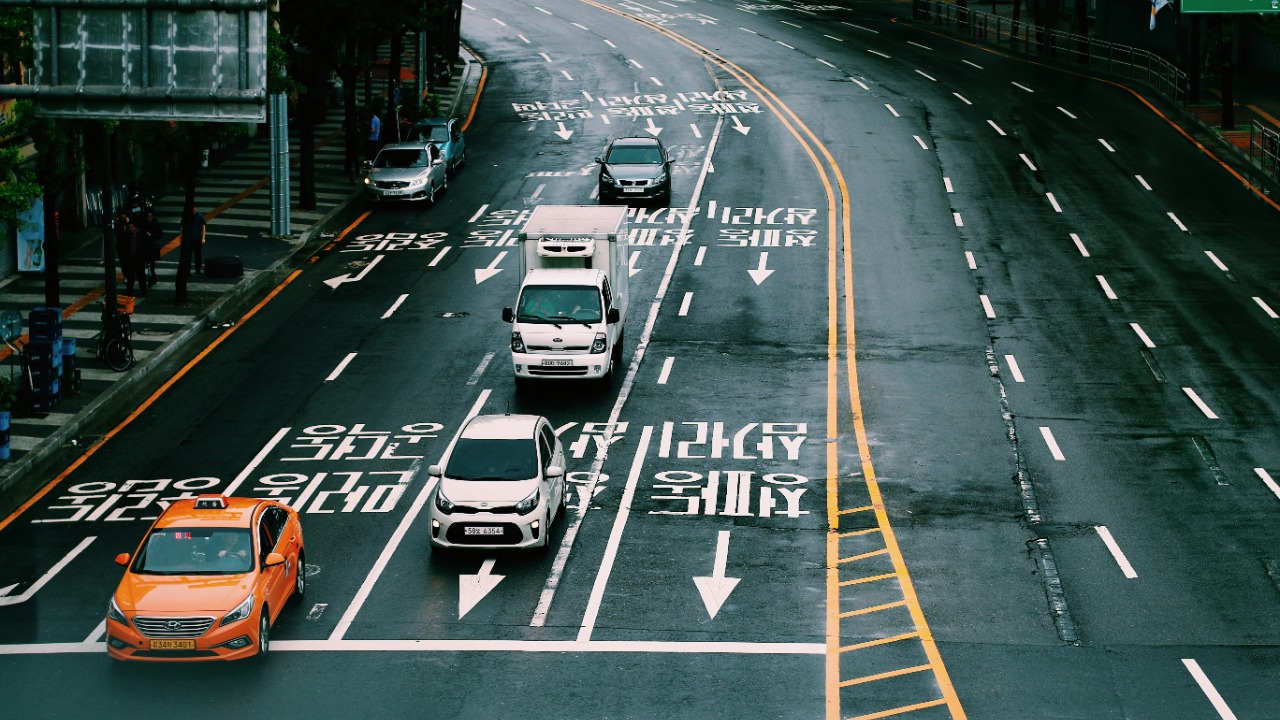
HOV lanes, also known as carpool lanes, are a transportation innovation aimed at reducing traffic congestion and minimizing emissions. By encouraging carpooling, these lanes help decrease the number of vehicles on the road, thereby improving traffic flow and reducing environmental impact. Generally, vehicles with multiple occupants are permitted to use these lanes, but the rules can vary significantly depending on the jurisdiction.
When it comes to regulations, there is a distinction between federal and state guidelines. Federally, the United States Code permits motorcycles to use HOV lanes, recognizing their efficiency and minimal road space usage. However, states have the autonomy to impose specific regulations that can affect motorcyclists. For instance, some states might have particular rules regarding equipment or time-of-day restrictions.
Motorcycles are typically allowed in HOV lanes due to their environmental benefits and efficient use of space. In states like California, motorcyclists can freely use HOV lanes without additional passengers. Other regions, such as New York, also permit motorcycles in these lanes, though it’s important for riders to familiarize themselves with any additional state-specific requirements.
Motorcycle Safety Considerations
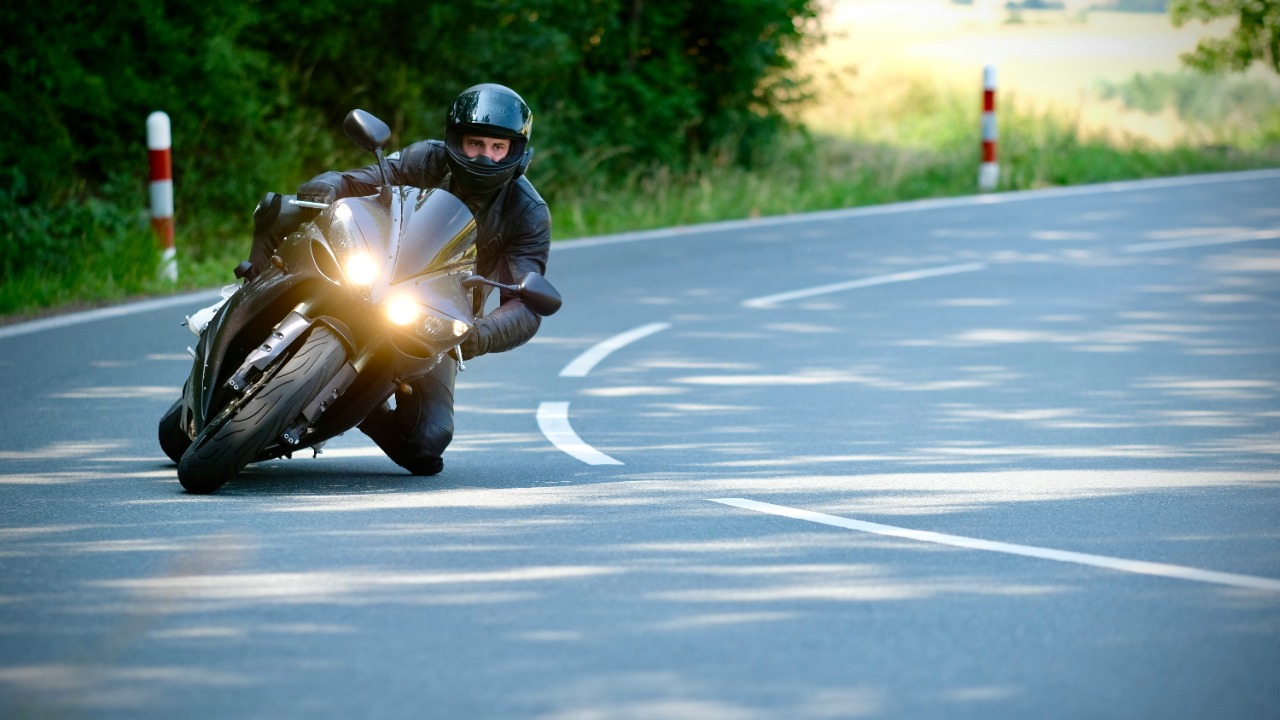
Using HOV lanes can enhance safety for motorcyclists by allowing them to avoid the hazards of stop-and-go traffic in regular lanes. The consistent flow of traffic in HOV lanes can reduce the likelihood of accidents caused by sudden stops and starts, which are common in congested areas. Motorcyclists benefit from the smoother traffic conditions, enabling them to maintain a steady speed and reducing the risk of rear-end collisions.
However, there are risks associated with using HOV lanes. Speed differentials between the HOV lane and adjacent lanes can pose dangers, as can debris that may be present in less-traveled pathways. Motorcyclists need to be particularly vigilant about maintaining a safe distance from other vehicles and being aware of potential hazards.
To ride safely in HOV lanes, motorcyclists should adhere to several best practices. Maintaining a consistent speed and ensuring visibility are key to preventing accidents. Wearing bright clothing and using headlights can enhance visibility, while staying alert to changing traffic conditions helps riders react quickly to any potential threats.
State-Specific HOV Lane Rules
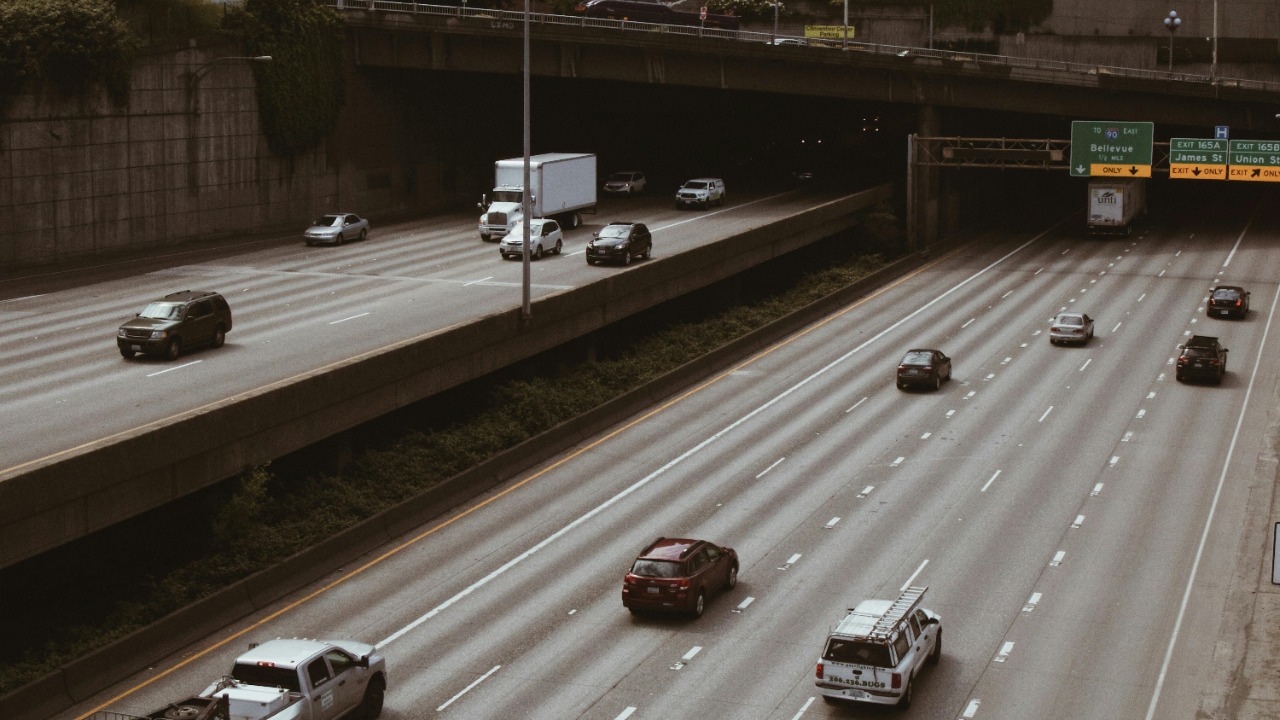
In California, motorcycles are explicitly allowed to use HOV lanes, and this policy is well-documented by the California Highway Patrol. This state has a long history of supporting motorcycle use in these lanes, reflecting its commitment to reducing congestion and emissions.
New York’s regulations differ slightly. While motorcycles are permitted in HOV lanes, riders should be aware of specific restrictions that may apply during peak hours or in certain areas. The New York City Department of Transportation provides resources for understanding these rules and ensuring compliance.
Colorado presents a unique case, where rules surrounding HOV lanes can be intricate. According to local news sources, while motorcycles are allowed, there may be additional stipulations regarding tolls or times of use. Understanding state-specific policies is crucial for motorcyclists to avoid fines or penalties.
Common Misconceptions and FAQs
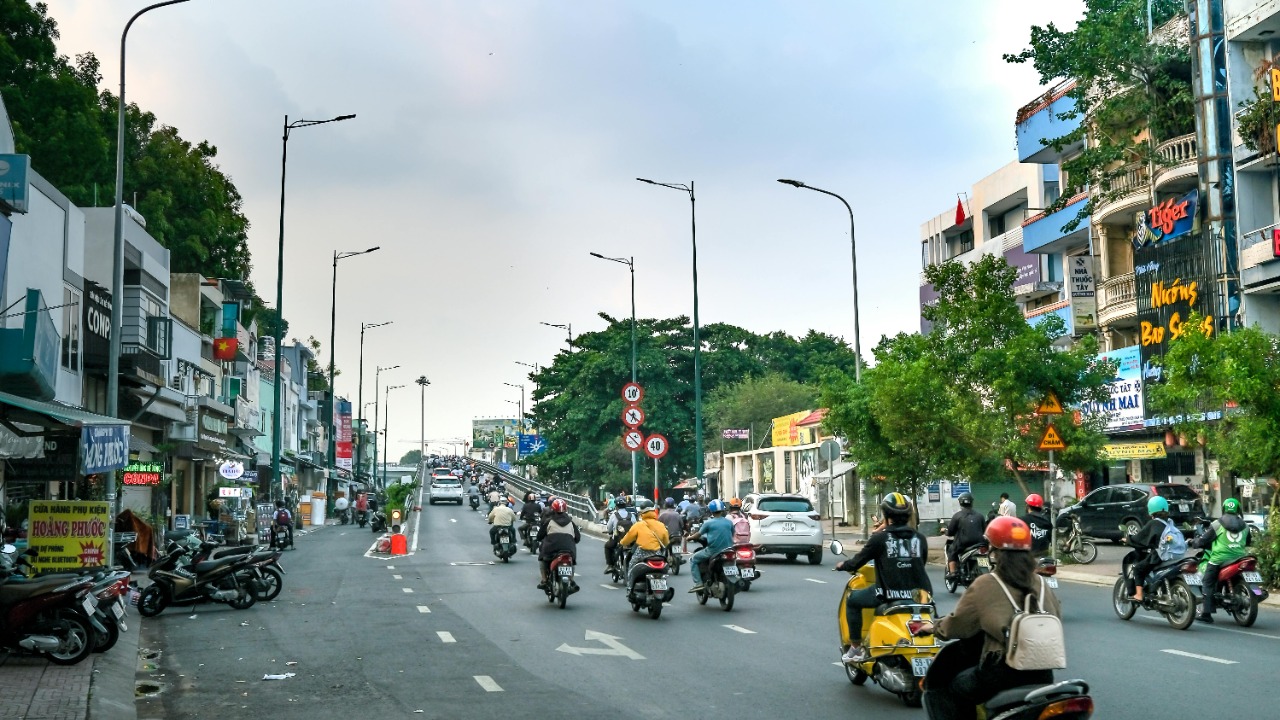
There are several misconceptions regarding motorcycles in HOV lanes. One common myth is that motorcyclists need a special permit to use these lanes, which is generally not true across most states. It’s also often misunderstood that motorcycles can only use HOV lanes during specific hours, but this varies by region.
Motorcyclists frequently ask about lane restrictions and potential fines. While violations can incur penalties, most states permit motorcycles in HOV lanes under standard traffic laws. Riders should consult local regulations and government websites for the most accurate and up-to-date information.
For those seeking further guidance, resources such as local DMV offices and government websites provide comprehensive information on HOV lane usage for motorcycles. Staying informed about regional regulations helps motorcyclists navigate these lanes safely and legally.
Environmental and Traffic Impact
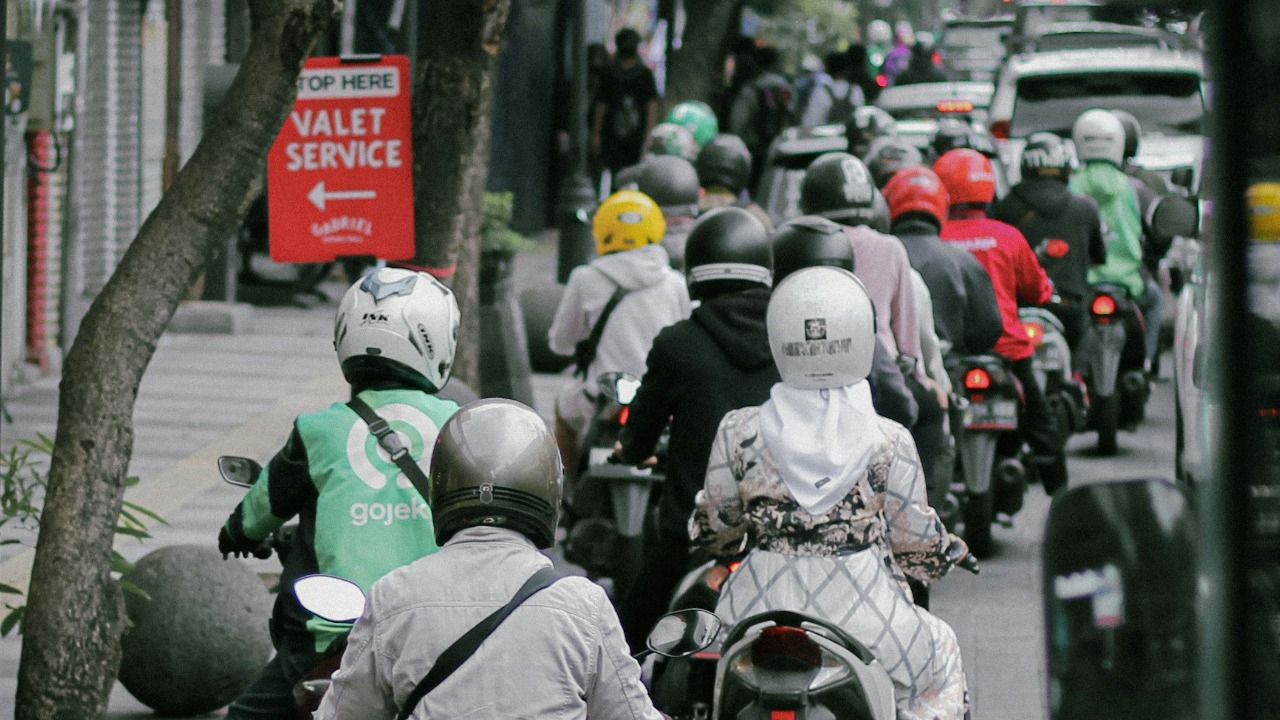
Allowing motorcycles in HOV lanes contributes to reduced congestion by optimizing the use of road space. Motorcycles occupy less space and can help maintain a smoother flow of traffic, benefiting all road users. This efficient use of infrastructure is a key goal of HOV lanes.
From an environmental perspective, increased motorcycle use in HOV lanes can lead to lower emissions and improved fuel efficiency. Motorcycles are generally more fuel-efficient than traditional vehicles, and their presence in HOV lanes aligns with broader environmental goals.
Looking to the future, evolving transportation trends may influence HOV lane policies regarding motorcycles. As electric and autonomous vehicles become more prevalent, policy adjustments may be necessary. Encouraging sustainable transportation modes will remain a priority, with motorcycles continuing to play a vital role in reducing congestion and emissions.